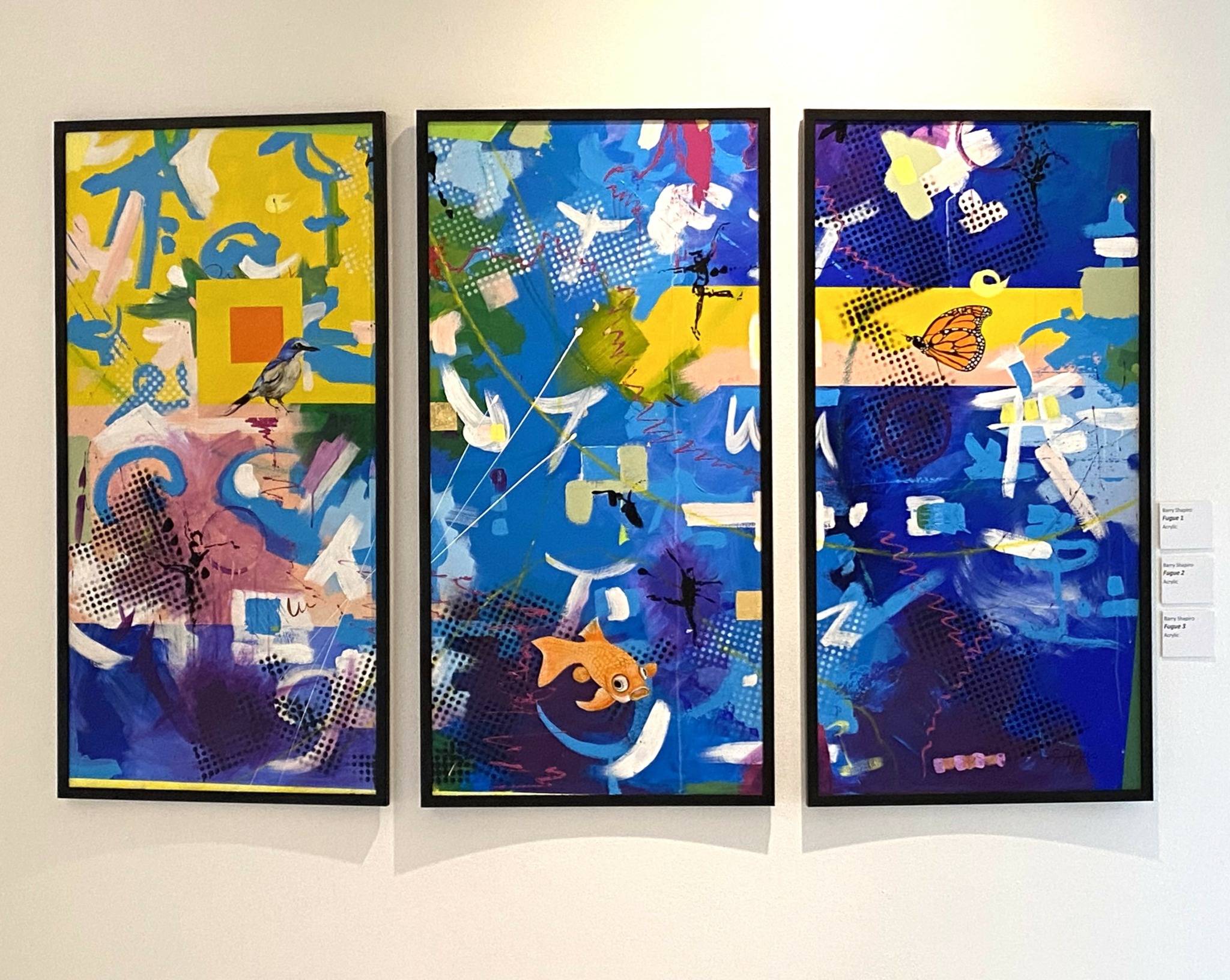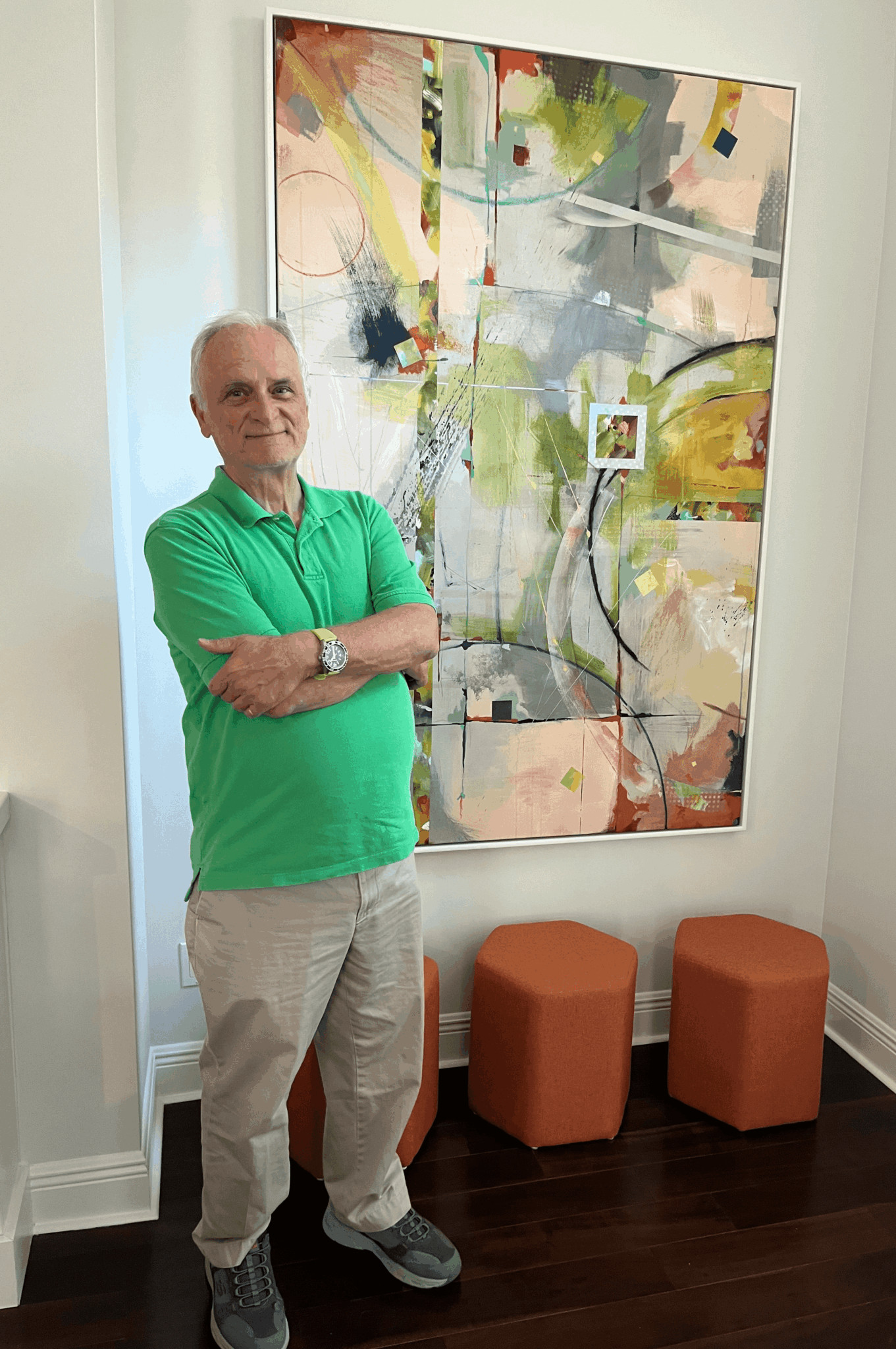We recently connected with Barry SHAPIRO and have shared our conversation below.
Barry, thanks for taking the time to share your stories with us today Do you have a hero? What have you learned from them?
Hero is an overused term. I prefer to mention people who have inspired me or taught me life lessons, or served as a shining example of what I aspire to – ethics, productivity, creativity and leadership. I can speak about those who influenced me when I was young. Mr Dudely Edgean artist and a camp director who pushed me to use my creative talents and go to art school. Mr Joseph Yaccarino, a chef who hired me and not only taught me how to cook but to appreciate the culinary arts, the benefits of hard work, customer service in addition to the joys of the opera and ballet. I can speak of a professor aqt Pratt Institute who challenged me to get off my ass and get to work.
I can also speak of Monib Khademi, an Iranian immigrant and successful businessman, who told me to never give up and to never sell myself short.
I can speak about my grandfather, Sam Shapiro, who came to this country at age 12 by himself from Russia, got an eduation, started a successful business but never forgot what it means to be huiman, to help others, to lift up those who are down and to respect all human beings.
I can also cite my boyhood ‘hero’, New York Yankees outfielder Mickey Mantle, who once famously said “If I knew I was going to live this long I’d have taken better care of myself.”

As always, we appreciate you sharing your insights and we’ve got a few more questions for you, but before we get to all of that can you take a minute to introduce yourself and give our readers some of your back background and context?
I am, at the core, an artist. I have been creating art in one form or another since before I began school. I went to the University of Buffalo art school when I was only 10. But growing up in a broken family, I was confused and angry. It took those aforementioned people to get me on track. I studied art at Pratt Institute in Brooklyn, New York and learned what it was to put your self on the line, express your creative thoughts and beliefs on paper and canvas. I also developed a strong desire to see the world, experience different cultures, foods and approaches to art. In 1973 I hitch-hiked across America and back, discovering the beauty of our nation and the humanity of our citizens. In 1976 I took off and traveled around the world on a similar quest. These experience made me the person I am today.
I have worked as an artist, art director, writer, marketing director, film producer and director and a teacher. I have owned my own art center in Vero Beach, Florida. I currently teach art at the Vero Beach Museum of Art to adults but also every Friday at the SunCoast Elementary School with kids who need as much expose to culture as they can get. But I learned as much about people by being a waiter and a bartender in my youth.
My art work for the last 15 years, mostly painting, is about a search for spirituality, reflection and meditation.
If I have anything worth saying to young people starting a career or thinking of one, it is simply to get out of your comfort zone, travel and meet people where they live, absorb as much as you can from them. And remember it is more important to be interested than interesting.
For you, what’s the most rewarding aspect of being a creative?
That’s easy… as an artist everything is new all the time. The challenges never stop and the solutions you search for are always different. You need to be open to any and all possibnilities. It also teached you to be humble. One day your a star, the next you are… who was that guy?
To be an artist is to dedicate yourself to being open and putting your soul out there for all to see, and to critique. That can be painful and even humiliating. But if you have the drive to create and express, and the guts to put it out there for all to see, then you can experience the fulfillment and satisfaction that only being an artist can provide. Of course, that lasts for a fleetng moment and then you dive right back in.
Waht’s important for a true artist is not the final result or the perceptions of theaudience. It’s the PROCESS.
How about pivoting – can you share the story of a time you’ve had to pivot?
9-11. I had lived and worked in New York City most of my life and I had built a successful career as a producer and director of commercials, films and corporate videos. I also had a beautiful home outside of the city and had surrounded myself with wonderful friends and associates. I had also just reconnected with my ex-wife which was an incredible source of strength. Ands then the towers went down and, like for so many other, things went into a tailspin. After almost a year of scrambling to make my business work and being a support to freinds and family who were wrestling with this upheavel in our lives, I felt a change had to come. The catalyst came late one night when my wife awaoke from a nightmare, screaaming and crying. She had been downtown when the planes hit and was still in some sort of shock. I decided in that moment that it was time to pivot, give up what I had been doing for so long and take a new direction for both our sakes. Initially went to Hawaii, which was fantastic. But we had left much behind, including family, and so we eventually moved to Florida. Here I decided to get back to what I knew, what I loved and what I did best – express myself through art.
It’s been about 20 years and I do not regret the move for one moment.
Sometimes you have to access where you are and make a complete changer, take a risk and dig deep.
Today, I run a successful art studio, teach and run an annual sock drive that donates new pairs of socks to the homeless and needy through over 26 charities. This year we distributed over 17,000 pairs to people in need. That’s what sustains me.
Contact Info:
- Website: https://www.shapirostudioart.com
- Instagram: barryshapiro
- Facebook: barry shapiro
Image Credits
Barry Shapiro in front of a commissioned work titled Jorogumo’s Kiss acrylic on canvas (48×74) and Fugue acrylic on wood (triptych 48×72)


